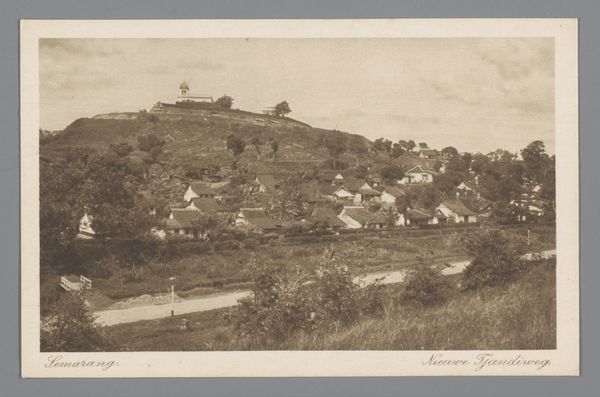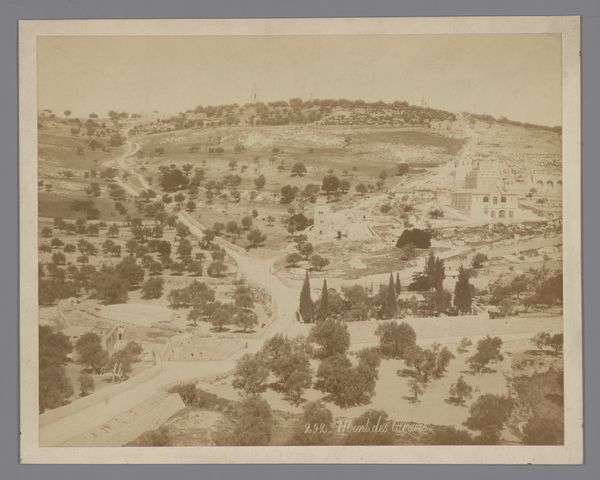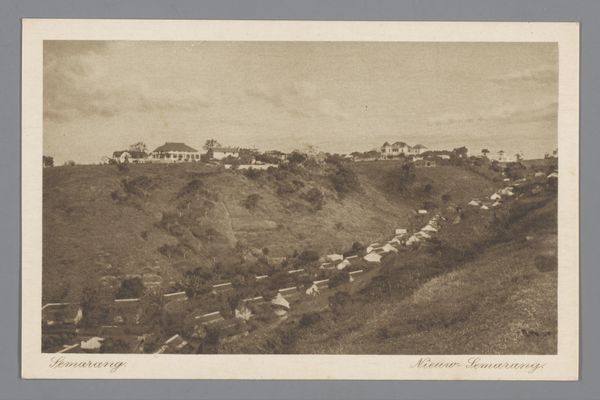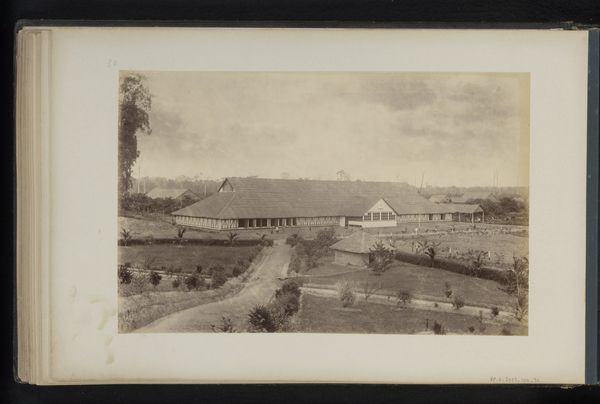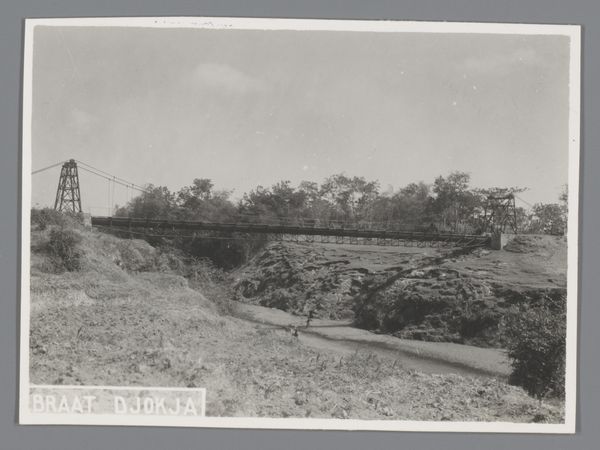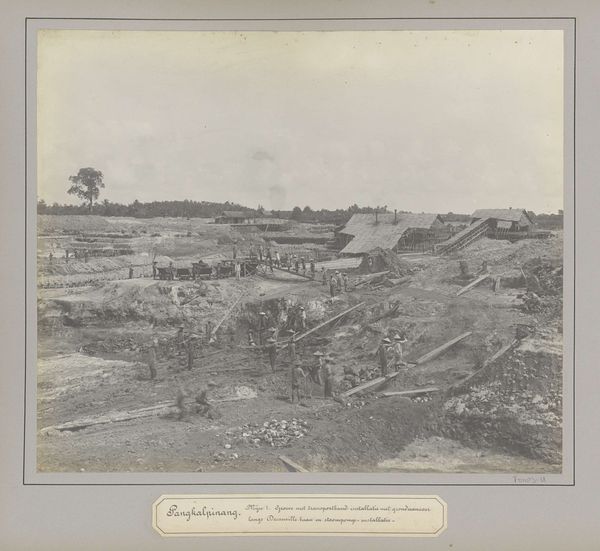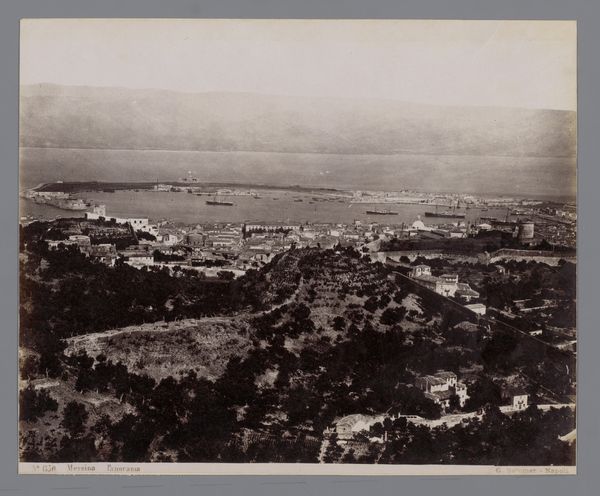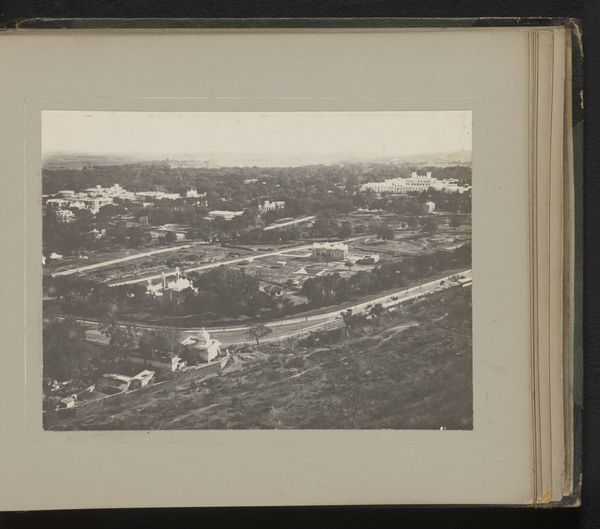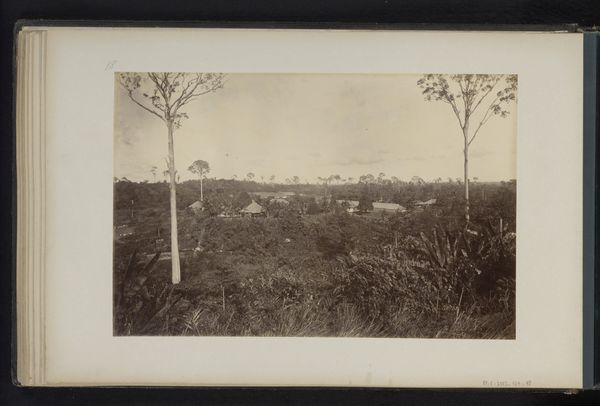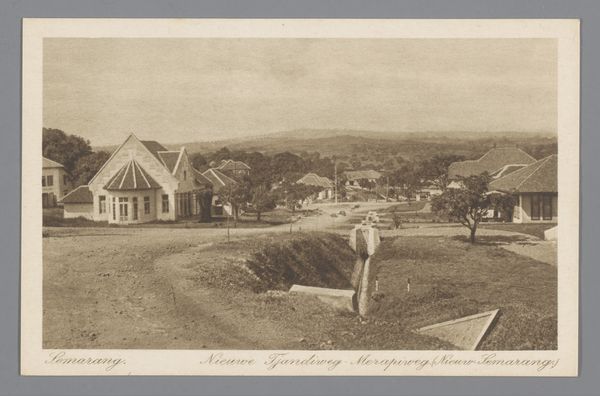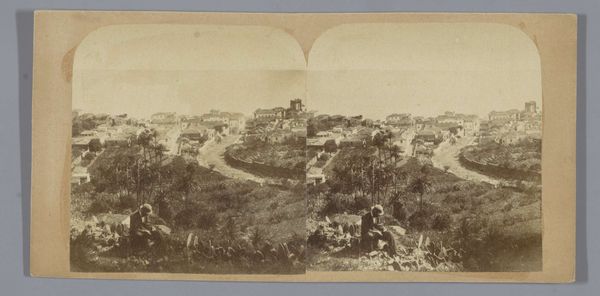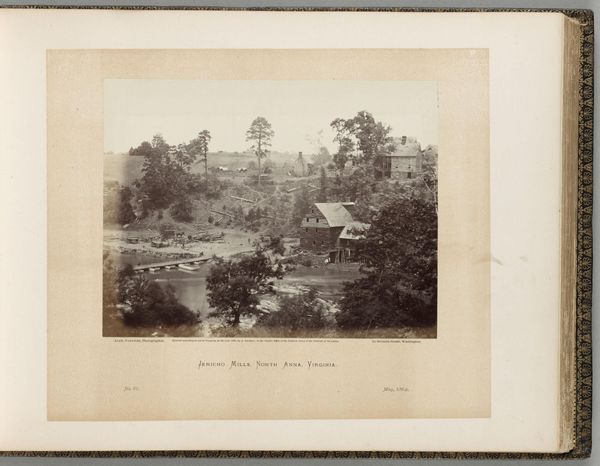
photography
#
dutch-golden-age
#
landscape
#
photography
#
orientalism
#
cityscape
Dimensions: height 9 cm, width 14 cm
Copyright: Rijks Museum: Open Domain
Editor: So, this is "Semarang. Nieuwe Semarang met Kampongaanleg," a photograph taken around 1900 by Otto Hisgen. It presents a cityscape in, presumably, Semarang. I'm struck by how neatly organized and regimented part of the image seems, contrasted with a wilder, more sprawling element. What’s your take on it? Curator: This piece interests me because it documents the intersection of colonial expansion and indigenous communities. "Kampongaanleg" refers to planned developments for local communities, but from a materialist perspective, we need to ask: Who controlled the means of production here? How did the construction impact labor, resources, and consumption patterns in Semarang at the time? Look closely—how does the layout of these "developments" impose a particular order? Editor: That's interesting! The way you put it highlights a clear power dynamic. The organized sections really do feel like an imposition. How does that compare to what we traditionally think of as landscapes? Curator: Exactly! Traditional landscapes often idealize nature as untouched. Here, however, we see how deeply landscapes are shaped by social forces. The photograph itself is a material object, produced and circulated within a specific context, playing a role in constructing and disseminating colonial narratives. It flattens complex interactions into a single image, doesn't it? Editor: I hadn't thought about the photo as a "material object" itself before. That makes a lot of sense! Seeing it as part of the system that shaped the landscape helps unpack a lot of the tensions. I’ll definitely carry this with me. Curator: Wonderful. Always look at how the world is shaped around the means.
Comments
No comments
Be the first to comment and join the conversation on the ultimate creative platform.
